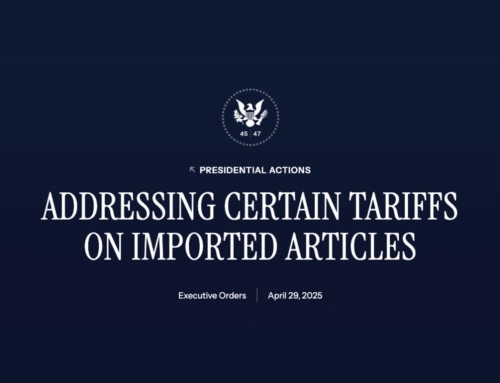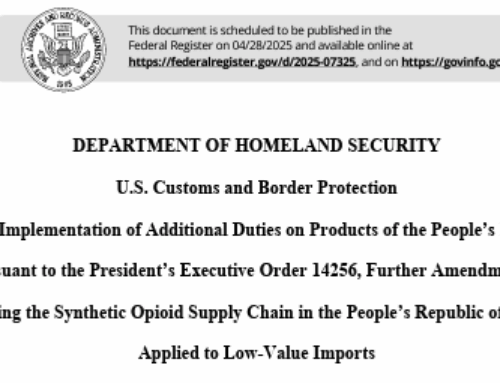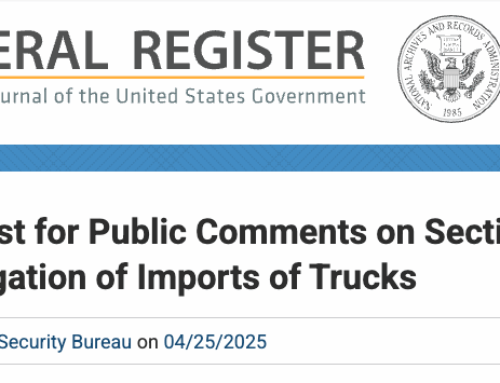“Fit for 55 refers to the EU’s target of reducing net greenhouse gas emissions by at least 55% by 2030. The proposed package aims to bring EU legislation in line with the 2030 goal.”
European Council | Council of the European Union
AVIATION INITIATIVE
The recent adoption of the RefuelEU aviation initiative by the European Union (EU) Council marks a significant step towards fostering sustainability in the EU’s aviation sector. Aligned with the Fit for 55 plan, this initiative strives to boost the utilization of sustainable aviation fuels (SAF), aiming for a substantial reduction in the sector’s carbon footprint. As previously reported by Green Worldwide Shipping, the legislation’s primary objectives include creating a level playing field across the EU air transport market and aligning air transport with the EU’s climate targets for 2030 and 2050.
“The new law will provide legal certainty to aircraft operators and fuel suppliers in Europe. By kick-starting the large-scale production of sustainable aviation fuels, it will soon make the EU’s aviation sector much greener. This is a key step in our broader effort to reach our climate targets at European and global level.”
Raquel Sánchez Jiménez | Spanish Acting Minister of Transport, Mobility and Urban Agenda
REGULATION OVERVIEW
The new regulation addresses the following key points:
1. Fuel suppliers within the EU are mandated to ensure that all aviation fuel provided to aircraft operators at EU airports includes a minimum share of Sustainable Aviation Fuels (SAF) starting in 2025. This requirement extends to synthetic fuels from 2030, with both shares progressively increasing until 2050. The gradual incorporation targets include 2% SAF by 2025, 6% by 2030, and a substantial 70% by 2050. Additionally, as of 2030, 1.2% of fuels must be synthetic, reaching 35% by 2050.
2. Aircraft operators are obligated to guarantee that the annual quantity of aviation fuel uplifted at any EU airport is at least 90% of the yearly aviation fuel required. This measure aims to prevent tankering practices that could lead to additional emissions from excess weight.
3. The eligible range of sustainable aviation fuels and synthetic aviation fuels encompasses certified biofuels, renewable fuels of non-biological origin (including renewable hydrogen), and recycled carbon aviation fuels complying with the Renewable Energy Directive (RED) sustainability and emissions saving criteria. The maximum permissible percentage is set at 70%, with exceptions for biofuels derived from food and feed crops. Low-carbon aviation fuels, including low-carbon hydrogen, can be utilized to meet the minimum shares stipulated in the respective section of the regulation.
4. Competent authorities, designated by member states, will enforce this regulation and impose fines as outlined in the rules.
5. A Union labeling scheme will be established to communicate the environmental performance of aircraft operators utilizing SAF. This initiative not only empowers consumers to make informed choices but also encourages the adoption of greener flights.
6. Fuel suppliers and aircraft operators will have data collection and reporting obligations. This systematic approach enables the monitoring of the regulation’s effects on the competitiveness of EU operators and platforms, ensuring transparency and accountability in the industry.
The regulation’s approach include data collection, reporting obligations, and a timeline for implementation. As part of the broader ‘Fit for 55’ package, the ReFuelEU Aviation initiative is a key component in the EU’s commitment to reducing greenhouse gas emissions and achieving climate neutrality by 2050. Following its formal adoption, the regulation is set to come into force for the aviation sector in January 2024.
NEED HELP COMPLYING WITH SUSTAINABILITY REGULATIONS?
Visit GreenWorldwide.com to learn how we are supporting efforts to create a sustainable global supply chain.






